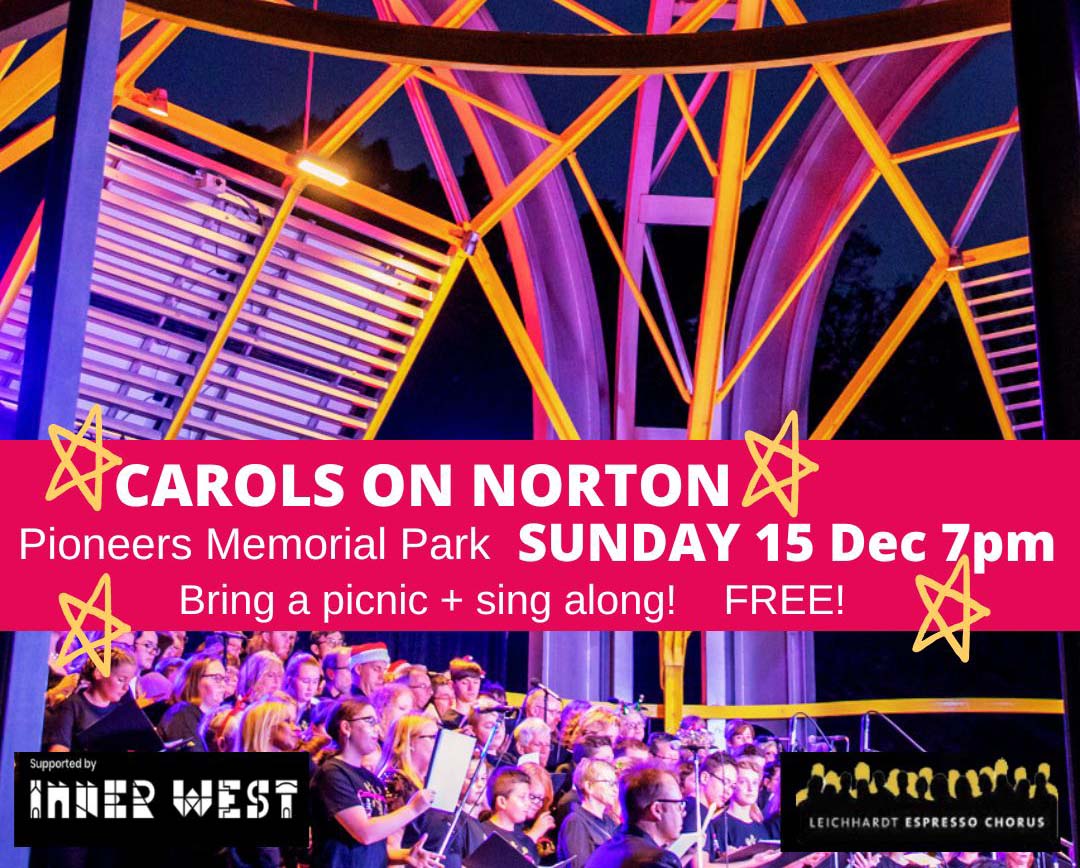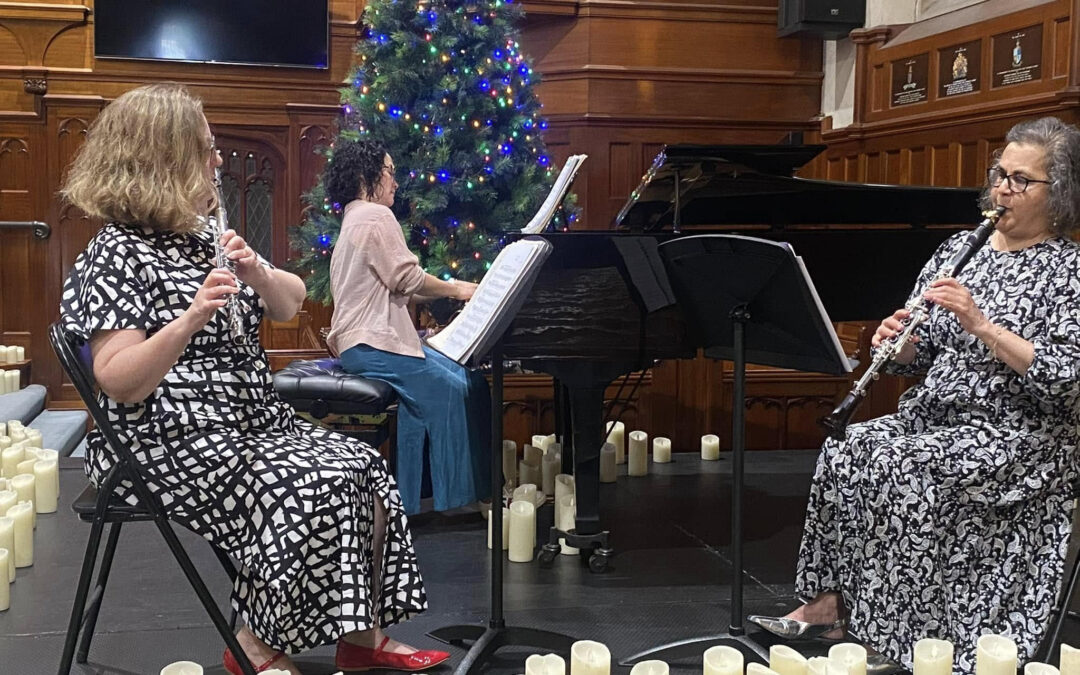The cavernous interior of Studio 1 at The Judith Wright Centre in Fortitude Valley was transformed into an intimate audio-visual surround-sound and surround-view space with Brisbane-based collective Argo’s first 2017 concert, Saturation.
Guided by artistic director and co-founder Connor D’Netto, Argo breaks down barriers between musical genres by combining electronic music and digital sounds with traditional music.
Trying to classify an Argo performance is like trying to describe a flavour. To really get it, you have to experience it.
The theme of Saturation aimed to create “a synaesthetic experience where sound can be heard, felt and seen.” That experience began the moment the audience entered the studio. The square stage was surrounded by seats on all sides, with cushions on the floor for the more limber. Varying lengths of diaphanous fabric hung from the high ceiling providing a multi-dimensional canvas for a projection of live visual graphics by Kit Mason. Throughout the performances, D’Netto controlled the digital hardware components to transmit the electronic sounds.
With the stage lit in other-wordly blue and the audience in near darkness, the swirling, flowing visual projections became a core element of the performance, creating a spellbinding backdrop of colours and shapes.
Triple-Grammy-winning flautist Tim Munro opened Tristan Perich’s A/B/C/D with punctuated, high-pitched notes from the piccolo married to the single-channel 1-bit electronic music. The effect was a dream-like echo – a binary system of communication between acoustic and electronic voices.
Local pianist Liam Viney shone in the world premier of Argo co-founder Ben Heim’s Ambivalent Heartbeats. One minute, thumping bass notes savagely shook the piano; the next, Viney reached into its innards gently brushing the strings to create harmonic sounds – a counterpoint to the pulsing electronica.
Music for Flute, Piano and Apparitions by Brisbane composer Thomas Green fused a framework of ethereal electronic sounds to the warm acoustics of flute and piano. The colour and motion of the projections enhanced the music’s dance-beat effect. Even the tiny LED lights attached to the piano’s music stand took on an extra-terrestrial quality, peering over the keyboard like pairs of alien fingertip-eyes.
Philip Glass’ Music in Similar Motion highlighted the precision and synergy between the ensemble players (Flora Wong, violin; Robert Manley, cello; Sacha Gibbs-McPhee, clarinets; Anna Kho, percussion) as Tim Munro led the way, his flute dancing and dipping with a conductor’s flourish. This hypnotic, pulsating whirling dervish of a piece took on a mesmeric quality, an exemplar of the saturation theme.
Ending the performance, the Australian premier of The Light Within by John Luther Adams created a lush electronic-music hug – immersive, enveloping cosmic sounds to lift the listener out of the everyday into the unknown. Even without the sensory input of the accompanying projections, the music conveys the essence of light in varying shades. The final note hung in the air, drifting into silence – a signal to the audience that reality had landed.
Combining analogue sounds with electronica and manufactured rhythms takes the familiar into new, sometimes challenging territory.
Excellent sound engineering and lighting proved that Argo is more than just the sum of its parts – it’s an immersive, intelligently staged art-music experience that could hold the key to attracting new-generation audiences to contemporary classical performances.
Sometimes you don’t need to know where a performance will take you. It’s enough to just trust the musicians and see where you arrive, eyes wide open.
Future concerts in Argo’s 2017 series will be held in the Opera Q studios, Spring Hill Reservoirs and the Sir Thomas Brisbane Planetarium. We will keep you up to date on their series.
Review for:
![]() Argo Saturation | Saturday 27 May 2017 | Judith Wright Centre of Contemporary Arts
Argo Saturation | Saturday 27 May 2017 | Judith Wright Centre of Contemporary Arts ![]()




























